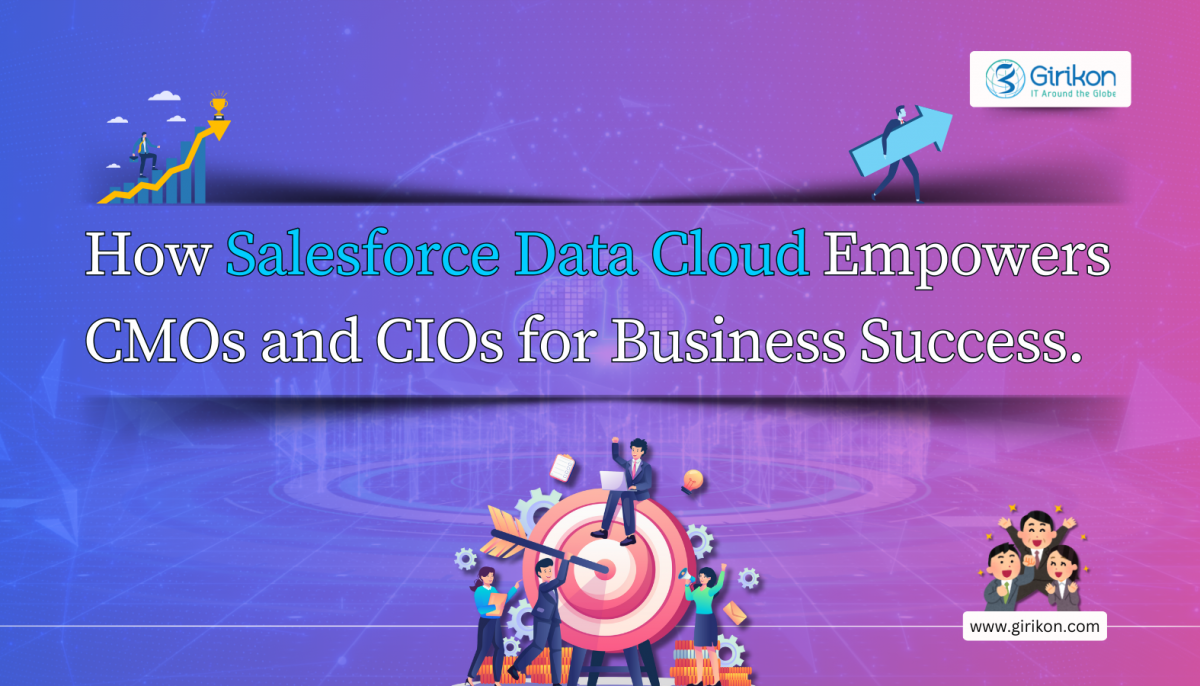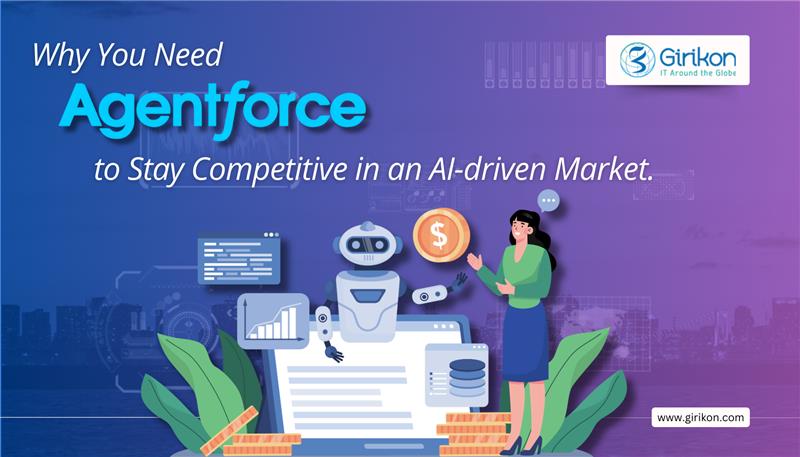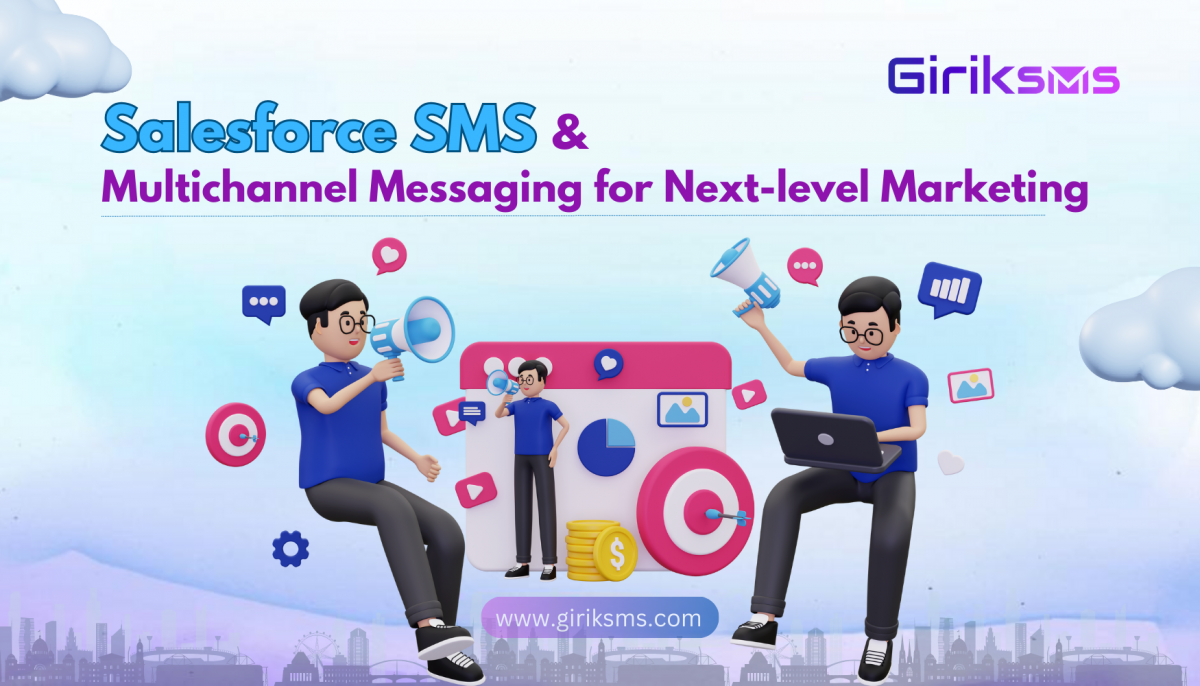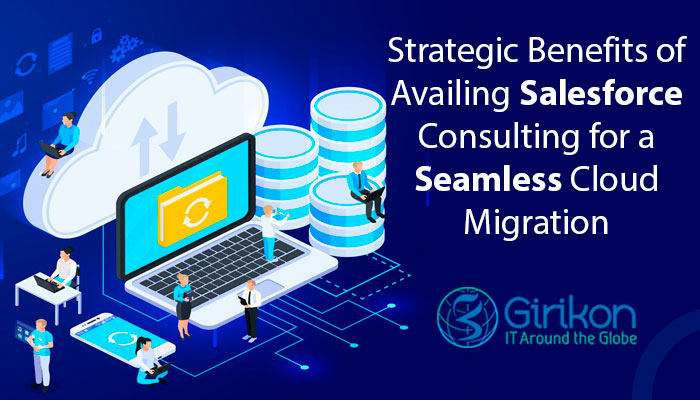The Covid-19 has wreaked havoc on businesses across the globe. While complexities such as a shift in consumer demand, disruption of distribution channels, and unreliable data forecasting undermined some businesses; few others struggled to meet the sudden spike in demand for products that happened overnight. While new challenges arose as a result of the pandemic, the need to manage revenue didn’t change. Rather it has become more urgent now.
With tightening budgets, B2B buyers are looking for quick and flexible purchasing and payment options along with personalized and prompt services to adjust their contract rather than waiting for weeks. However, delivering on their expectation is difficult with multiple stakeholders and a growing network of partners and acquisitions. Apart from this, legal and compliance regulations around revenue reporting make precision critical.
Salesforce – a leading name in the CRM space has introduced Salesforce revenue cloud, which provides businesses the flexibility to make the process of buying quicker and easier, generate new revenue streams, and augment revenue efficiency across different channels. It does all this by bringing together CPQ and billing, B2B commerce, and partnership management. Since, revenue cloud is a part of the Salesforce customer 360 platforms; it will allow organizations to create a single source of truth by connecting their sales, operations, and finance teams revenue and customer transaction. To implement the Salesforce Revenue cloud, organizations should seek Salesforce support from a reliable service provider.
Businesses will be able to reap the following benefits by leveraging the Revenue cloud:
Transform the Buying Experience: The introduction of new B2B Commerce and CPQ connector helps in the customization of digital storefronts for complex B2B selling. Apart from this, functionalities such as customizable pricing to digital carts for a self-service experience for customers can be added. So, when a customer shares their specific needs, it becomes easy for sales reps to resolve their queries as they have access to the entire purchase history of customers. This will allow customers the ability to move across different sales channels with the help of sales partners and digital storefronts.
New Sources of Revenue: The implementation of revenue cloud empowers sales and marketing teams to form new revenue generation strategies including the launching of subscription packages, implementing pricing policies. The recent acquisition of Vlocity made by Salesforce adds to the workflows for revenue management. With the new Multi-Cloud Billing feature, organizations can create revenue streams by gathering data from other clouds on a single platform.
Augments Revenue Efficiency: The process of tracking revenue is manual, and time-consuming. Automating these processes relieves teams from the burden of manual transfer of crucial data between systems, data reconciliation, and approvals. Automation helps in commencing sales orders and consolidating invoices. These will do away with the issues relating to underbilling or making incorrect modifications to contracts.
The new Customer Asset Lifecycle management tool provides a visual dashboard of whatever a customer has purchased while keeping a record of all the amendments made in a contract over time. Apart from this, effective assessment against KPI’s such as lifetime value of customers, net revenue retention is beneficial for all the teams. This will help teams to make key decisions regarding cost- cutting and who to target now.
Final Words
Salesforce revenue cloud is another powerful addition to the cloud platform. This robust cloud solution allows businesses to track and report the generation of revenue with accuracy. The revenue cloud platform can help businesses accelerate growth by filling the gaps created as a result of lost revenue or improving on the areas where a business is doing well. Irrespective of the complexity of the business models, deals, or revenue processes, Revenue Cloud provides a single source of truth for transactional data. To know more about Revenue cloud, it’s important to get in touch with a certified Salesforce consultant.
Ever since its’ inception Salesforce has made several new acquisitions. With every new acquisition, the company is improving its performance. Its compatibility with the AI platform i.e. Salesforce Einstein is due to the 12 acquisitions that it made in the year 2016. All the acquisitions made by the company till date has made it compatible with all the latest technologies and applications, platforms, and business types. It is in your interest to partner with one of the best Salesforce consulting partners to know more about Salesforce and its collaborations.
Let’s take a look at some of the most successful and popular acquisitions made by Salesforce:
ExactTarget: This tool was acquired by Salesforce to expand its pre-sales and marketing department services. This robust application has become a popular business tool as it is comprehensive and can provide them with email marketing services. In fact, this tool empowers the core marketing functionalities of Salesforce and improves its marketing suite. The complete product suite can simplify many operations such as SMS, emails, digital advertising and more.
MuleSoft: The in-built API’s of this tool can be leveraged by organizations to build application network. Users of this tool can converse and exchange data with each other. Though, this acquisition had been one of the most expensive acquisitions, it provided Salesforce with a new direction by allowing it to provide enterprise-level solution to its users. The middleware connectivity offered by Mulesoft APIs helps enterprise to migrate to the cloud. This robust tool can provide organizations a complete view of their integration.
Tableau: The acquisition of this Seattle based company has been one of the most significant acquisitions as it has helped improve organizational performance considerably. Tableau is a robust and one of the best data visualization tools that has turned out to be extremely profitable for both companies. This acquisition has helped Salesforce users get access to user database of Tableau. With the help of Tableau, Salesforce users can know about their ambitious customers, which in turn can help them make intelligent decisions.
Quip: This document management tool is used to gather, amalgamate, and store documents and spreadsheets thereby improving efficiency. Though, document processing tools like spreadsheets aren’t preferred any more, users are familiar with them. Salesforce CRM spreadsheets can be stored on the cloud. Quip is able to provide bi-directional collaboration of document together with synchronized data from Salesforce. Quip users can send videos, texts, and images apart from simple documents.
Bonobo: This tool can help users to gain deep insights about customers in form of texts, support calls, speech and other modes of communication. Bonobo was acquired by Salesforce to support Einstein, which is an AI powered platform that uses its self-learning capabilities to support various business operations.
Griddable: This powerful tool helps in seamless integration of data across all cloud platforms of Salesforce. The tool offers users of Salesforce to get a grid view of data while ensuring smooth and quick migration of data. Salesforce users can access data from different sources and use it as and when required. With such availability of data, Salesforce has become a reliable CRM that can enable users to gather data from different sources and make the most of it.
Quick Wrap-up:
These are few of the many acquisitions made by Salesforce that are not just popular but also some of the most used ones. However, the list continues to grow as Salesforce is trying to team up with many more brands to provide better services to its existing customer base. To know more about the acquisitions made by Salesforce and the benefits that can be leveraged out of them, it’s prudent to seek Salesforce support from a reliable service provider.
In today’s era of cutthroat competition, conducting your business in a way that yields the desired outcome isn’t easy. This is primarily because customers have become more informed and expect personalized and timely interaction with your brand. Consequently, marketers should also be ready for change.
According to an IDC study commissioned by Salesforce, about 65% of B2B buyers engage with vendors only after they have made a purchase decision and 83% of them are willing to hear only from those that are relevant and contextual.
While marketers and sales reps make every effort to turn prospects into sales opportunities, yet they do not want to appear as spammers who would spend an entire day cold calling. Rather their goal is to build a strong relationship with them, which would help them to close sales deals quickly. However, personalizing every interaction across a long sales cycle can be daunting and thus requires having in place a well-thought-out lead nurturing strategy.
Given the fact that the average buyer’s journey is complex, and the content (problem awareness, solution consideration, and decision regarding solution purchase) that helps them to move down the sales funnel should be perfectly timed and polished, it’s practically impossible to cut it using random emails. Automating lead nurturing allows for the methodical tracing of lead engagements with appropriate content and accurate pinpointing of that lead’s stage in the sales cycle.
So, if your business is struggling to nurture leads consistently then Salesforce offers the perfect solution to manage your leads and support your sales team in multiple ways. It makes sense to get in touch with a reliable Salesforce partner if you wish to seek assistance for the automation of your lead nurturing process.
Organize Lead Information: Information gets scattered and leads might not be handled properly without a robust system in place. By installing a cloud-based CRM like Salesforce, managing lead information becomes easy. You can enter the contact details of your leads, keep a track of their calls, and emails while schedule follow-ups to fulfill business needs. You can also modify several data entry features to meet your business needs.
Access: Even if your lead information is well organized, it won’t be of much use if your team can’t access it. Since, Salesforce is a cloud-based platform, it helps your team to share, view, and update information at any point in time.
Track: While it is important to access and organize lead information, it isn’t of any use if you aren’t able to track your leads. In fact, it is crucial to have details regarding leads that are qualified and where they are positioned in the lead nurturing process for driving sales and upholding best practices. Salesforce with its features allows you to categorize lead status and convert qualified leads to contacts.
Quick Wrap-up:
It’s important to include lead nurturing within your sales and marketing strategy. However, it’s important to utilize automation resources for nurturing your leads especially if you are scaling up your business to ensure you’re connecting with your audience at every step of the buying process. To know more about the benefits of using Salesforce for nurturing your leads, it’s prudent to partner with an experienced Salesforce consultant.
To sustain in today’s cutthroat business landscape, organizations should have in place a robust and well-planned marketing strategy with well-defined milestones and objectives. Inbound marketing has proven to be one of the most effective options within the marketing realm. Though inbound marketing can be tricky and might require a little hard work, it’s a cost-effective process that allows organizations to convert customers organically and boost their profits. In fact, several marketers have stressed the significance of using inbound marketing for phenomenal business growth. With a robust tool like HubSpot, inbound marketing can become a breeze.
Well-executed inbound marketing is 10 times more effective than outbound marketing for lead conversion.
What is HubSpot?
HubSpot is one of the best inbound marketing platforms that can be leveraged by organizations to simplify and make the most of their inbound marketing efforts. The robust marketing tool brings together all the software, services, and support systems into a single place. So, rather than spending time and money juggling multiple software and systems, it makes sense to install HubSpot that makes everything very simple. To realize the benefits of this platform, organizations should consider partnering with a reliable HubSpot Consultant.
Listed below are reasons why HubSpot is the answer to all your marketing needs:
All in one Toolset: HubSpot allows organizations to centralize all their activities in a single place rather than juggling between multiple tools and software by pulling up multiple systems and shifting from one window to the other to manage the work. HubSpot allows storage of emails, blogs, forms, landing pages, etc. The platform offers multiple options such as an SEO view, reporting options, and tools like Socia Inbox that align different social media accounts of an organization into a single place. This means that organizations can now access their different social media accounts (Facebook, Linkedin, and Twitter), monitor, reply, and schedule imminent posts from a single place.
Personalization: HubSpot offers some options for personalization, which when leveraged by organizations can bring true value to all the inbound marketing efforts. The option of Smart CTAs (smart call to action) can be built within the user website along with their COS (content optimization system) and is built for improved responsiveness, personalization, and smart CTA.
Automation: Automating tasks and systems often becomes necessary and this becomes easier with HubSpot. For instance, the marketing automation app of workflows automates as little or as much of your efforts as you wish, appropriately and measurably. The best thing about Workflows is that it taps into the HubSpot platform enabling the creation of things such as email lists that can be built on any criteria.
Easy Navigation: HubSpot is all about streamlining your inbound marketing strategy. This becomes possible as it allows keeping all the tools in a single place. Apart from this, HubSpot is an easily navigable software, for instance, let’s take a look at the task of reporting, which usually most people get intimidated by. The robust platform offers free reporting along with event analysis and can guide you to create organizations to create their customizable reports. Being a growing industry, inbound marketing offers immense potential. HubSpot consistently offers new tools that are designed to meet the needs of the evolving industry while ensuring that its users’ life remains simple.
Customer Relationship Management: Among all the marketing tools used by organizations, a CRM system remains the most important one. With HubSpot, you get a free CRM that is installed within the platform. It pulls data from the users’ contact details and provides information regarding the interaction of leads with their content. The CRM pieces together all the information regarding a lead and presents a complete profile to the sales team for their ready use.
Quick Wrap-up:
As a robust inbound marketing platform, HubSpot offers numerous benefits that can simplify and maximize your inbound marketing efforts. However, one of the major benefits involves improving the quality and volume of leads generated, the rate of conversion, and the most significant revenue. It makes sense to get in touch with one of the best HubSpot Partners to realize the significance of this inbound marketing platform.

 +1-480-382-1320
+1-480-382-1320 +44-7428758945
+44-7428758945 +61-1300-332-888
+61-1300-332-888 +91 9811400594
+91 9811400594


















